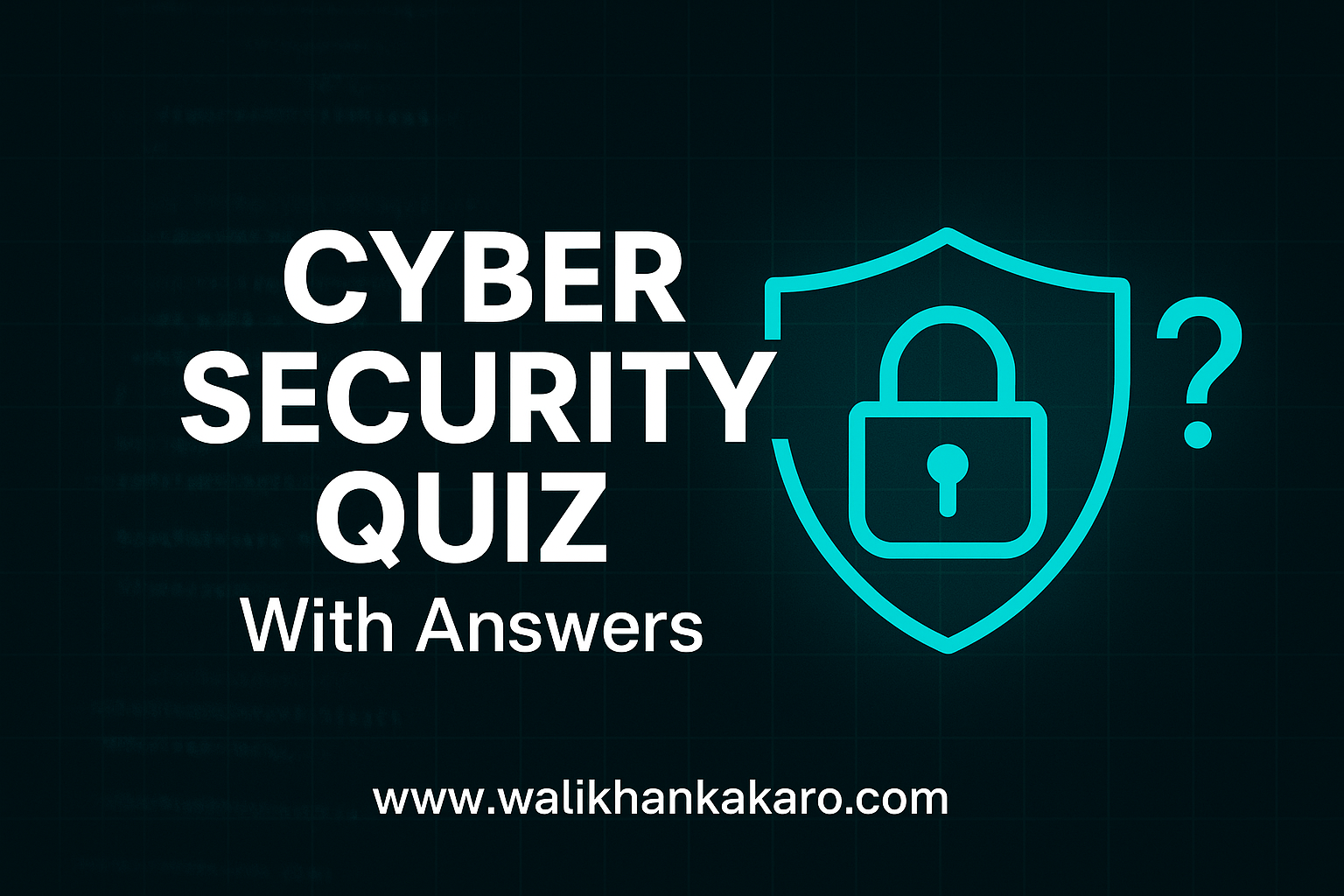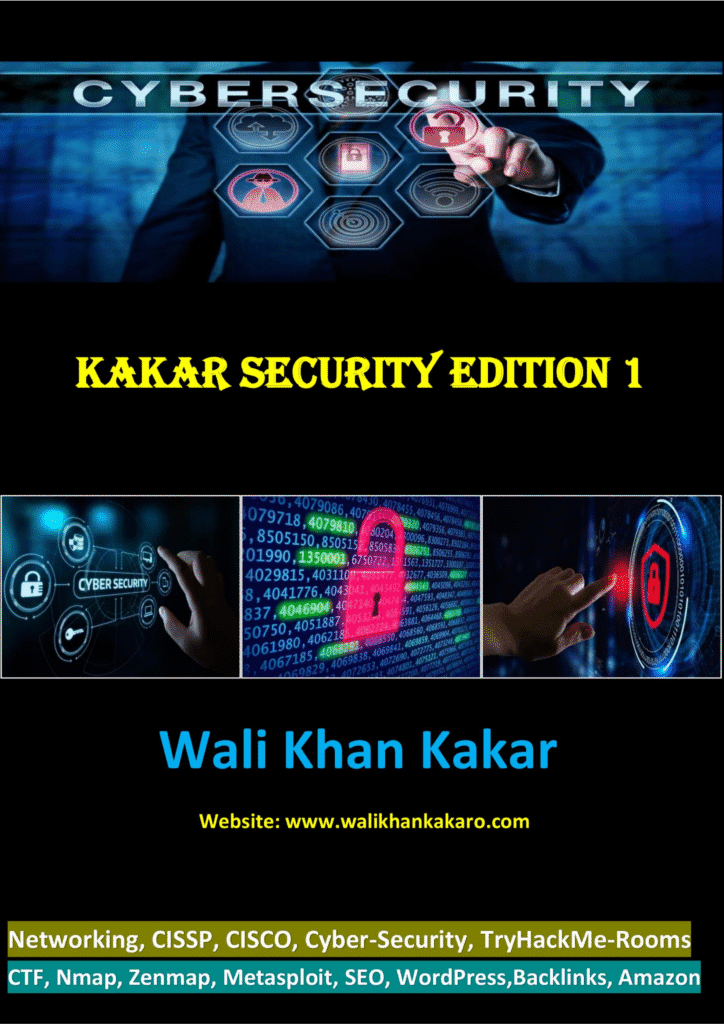Table of Contents
SIEM stands for Security Information and Event Management.
It is a security solution that helps organisations detect, monitor, and respond to cybersecurity threats by collecting and analysing security-related data from various systems in real-time.
What is SIEM
1: Centralized Logging:
SIEM collects and normalizes logs from all infrastructure to provide real-time visibility into activity.
2: Risk Management:
SIEM utilizes advanced analytics to identify patterns, detect threats, prioritize alerts, and streamline remediation.
3: Compliance:
SIEM helps meet regulatory compliance requirements by providing actionable reports, alerts, and audit trails.
SIEM Components:
Collect and parse data from various sources such as logs, network devices, endpoints, and security tools.
Translate data into a common format and enrich it with additional contextual information.
Recognize and group related events to provide a clear picture of security activity.
Create and send real-time alerts of potential security incidents to security teams for review.
SIEM Features and Capabilities
Identify and investigate known and unknown threats that bypass traditional security measures.
Create reports and dashboards that lead to informed decision-making around security.
Protect sensitive information and limit access to data only to authorized personnel.
SIEM USE Cases
1: Compliance:
Enable compliance goals by ensuring data privacy, protecting information, and meeting regularity requirements.
2: Threat Hunting:
Find and stop advanced threats, zero-day attacks, and insiders by detecting unusual activity and suspicious behaviours before damage occurs.
3: Incident Response:
Respond effectively and promptly to security incidents with comprehensive forensics information, automated playbooks, and real-time forensic data.
How to Select a SIEM Solution
1: Features:
Determine what features and integrations are necessary for your organization.
2: Price and ROI:
Consider the total cost of ownership, including licensing, maintenance, hardware, and personnel.
3: Scalability:
Make sure the solution can grow as your organization and security needs change over time.
Closing Thoughts
1: Get Buy-In:
Make the case for an SIEM solution to key stakeholders by providing clear, compelling reasons.
2: Plan and Implement:
Create a project plan that outlines the necessary steps to implement the SIEM solution, including staff and budget requirements.
3: Maintain and Optimize:
Continually monitor and optimize the SIEM solution to ensure it remains an effective tool for threat detection and cybersecurity.


